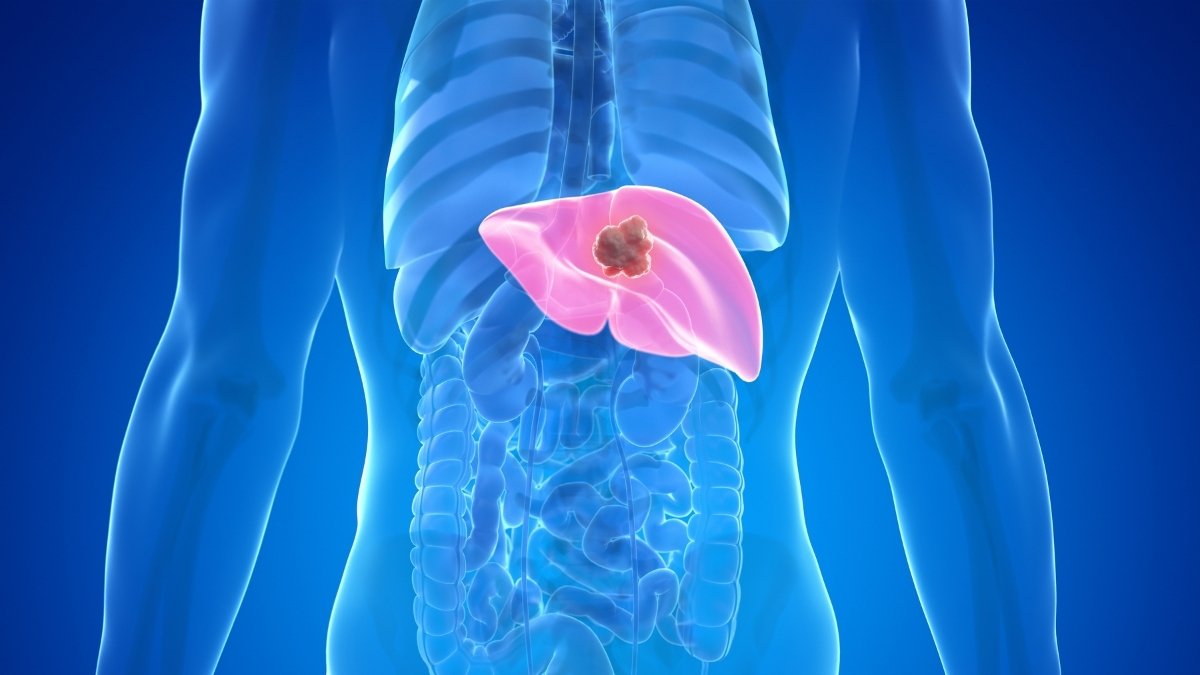Intermittent Fasting vs. Keto – Which One Actually Burns More Fat?

If you’re aiming for fat loss, the big question remains: Which is more effective—intermittent fasting or keto? Both diets promise impressive results, but which one truly accelerates fat burning? While intermittent fasting focuses on timing your meals, keto shifts your body into fat-burning mode by changing how you fuel it. But does one actually burn more fat than the other?
In this article, we’ll dive into the science behind each approach, comparing their impact on metabolism, hormones, and long-term sustainability. Whether you’re looking to shed pounds quickly or maintain steady progress, understanding how these diets work can help you make the best choice. Keep reading to find out which method can give you the fat-burning results you’re after.
#1. Metabolic Rate Boost
Intermittent fasting can significantly elevate your metabolic rate. When you fast, your body becomes more efficient at burning calories, especially during the feeding window.
On the other hand, the ketogenic diet encourages fat-burning by switching the body’s primary energy source from carbs to fats. Both approaches ramp up metabolism, but fasting may create a stronger immediate metabolic boost through periods of caloric restriction.
Tips:
- Try to include physical activity during fasting periods to enhance fat burning.
- Keep hydration high to support metabolism during fasting.
- Gradually increase fasting hours for better adaptation.
#2. Insulin Sensitivity Shift
Insulin sensitivity improves under both intermittent fasting and keto. Fasting promotes better insulin regulation by giving your body breaks from constant food intake.
Keto lowers insulin levels consistently as your body adapts to using fat as fuel. Both approaches decrease insulin resistance over time, but fasting can have a more immediate impact due to the prolonged periods of low insulin.
Tips:
- Combine keto with fasting to see faster improvements in insulin sensitivity.
- Avoid overconsumption of carbs to maintain stable insulin levels.
- Focus on nutrient-dense foods that support insulin health.
#3. Hunger Hormone Control

Fasting and keto can both impact hunger hormones, but in different ways. During fasting, ghrelin, the hunger hormone, spikes initially but decreases over time.
Keto reduces appetite by stabilizing blood sugar levels and providing satiety from fats. While fasting can trigger hunger early on, keto may provide more consistent hunger control once ketosis is fully established.
Tips:
- Stay hydrated during fasting to minimize hunger pangs.
- Add fiber-rich foods to meals for better appetite control on keto.
- Practice mindful eating to avoid overeating during feeding windows.
4. Fat Adaptation Process
Adapting to fat as your primary fuel source is a gradual process. On keto, the body enters ketosis, using fat for energy instead of carbohydrates. With intermittent fasting, the body eventually shifts to burning fat after glycogen stores deplete.
The process may be quicker on keto, as it is designed to push the body into fat burning, but fasting can also effectively train your body to burn fat over time.
Tips:
- Give your body time to adjust; both methods take weeks for full fat adaptation.
- Supplement with electrolytes to manage potential fatigue during adaptation.
- Incorporate healthy fats like avocados and nuts to ease the transition.
5. Muscle Retention Impact

Muscle retention is crucial when trying to lose fat, and both intermittent fasting and keto offer benefits.
While fasting may risk some muscle loss due to prolonged periods without protein intake, muscle sparing is improved by a higher intake of fats and protein on a keto diet.
Fasting can be optimized by ensuring adequate protein intake during feeding windows to preserve lean muscle mass.
Tips:
- Add resistance training to preserve muscle during intermittent fasting.
- Prioritize protein-rich meals during keto to minimize muscle breakdown.
- Ensure adequate rest and recovery to support muscle growth and retention.
6. Long-Term Sustainability

Intermittent fasting and keto each offer unique advantages for long-term sustainability. Keto relies on consistent low-carb intake, which can be tough to maintain for some people. In contrast, intermittent fasting is flexible, allowing people to eat a variety of foods while focusing on meal timing.
Over time, fasting tends to be easier for many to sustain, while keto’s restrictions may cause challenges in maintaining social and dietary habits.
Tips:
- Transition slowly into fasting for better sustainability over time.
- Alternate between keto and fasting to avoid burnout.
- Experiment with different fasting windows to find the most sustainable routine.
7. Glycogen Depletion Effects

Glycogen depletion occurs differently in both approaches. In intermittent fasting, glycogen stores are naturally depleted after several hours of fasting, encouraging the body to switch to fat for fuel.
On keto, glycogen depletion is more pronounced as the body doesn’t rely on carbohydrates for energy. This depletion causes initial fatigue but later promotes enhanced fat burning. Both methods make the body more efficient in fat use after glycogen depletion.
Tips:
- Keep electrolytes balanced to counteract fatigue during glycogen depletion.
- Gradually ease into keto to minimize the effects of glycogen loss.
- Incorporate low-intensity workouts to aid the transition during fasting or keto.
8. Hormonal Influence Dynamics

Hormones play a pivotal role in fat-burning, and both fasting and keto influence them differently. Fasting triggers a boost in human growth hormone (HGH), which aids fat loss and muscle preservation.
Keto alters insulin and leptin levels, reducing hunger and improving fat metabolism. While fasting rapidly influences these hormones, keto provides more consistent hormonal balance in the long run, making it a great option for sustainable fat burning.
Tips:
- Combine strength training with fasting to maximize HGH release.
- Prioritize sleep to regulate hormone levels during keto or fasting.
- Include a balance of fats and proteins to stabilize hunger hormones during fasting.
9. Calorie Restriction Role

Calorie restriction is central to both methods, but it works differently. Fasting naturally reduces calorie intake by limiting eating windows, leading to an automatic calorie deficit. Keto, however, is not inherently a calorie-restricted diet;
The emphasis on high-fat, low-carb foods may lead to a natural reduction in calorie consumption due to increased satiety. Both methods encourage a calorie deficit, but fasting achieves this through timing, while keto leverages food composition.
Tips:
- Use tracking tools to ensure you maintain a healthy calorie deficit on keto.
- Don’t overeat during eating windows on fasting to maintain a calorie deficit.
- Focus on nutrient-dense foods to ensure you get essential vitamins and minerals while restricting calories.
9 General Tips:
Combine physical activity with fasting for enhanced fat-burning results.
Stay hydrated during fasting to support metabolism and energy.
Gradually increase fasting hours to allow your body to adapt.
Add healthy fats to your diet to support fat adaptation on keto.
Prioritize protein during feeding windows to preserve muscle mass.
Use electrolytes to manage fatigue during glycogen depletion.
Experiment with different fasting windows to find what works for you.
Ensure adequate sleep to balance hormones for fat loss.
Track calorie intake to maintain a healthy deficit for optimal fat burning.
Final Thought On This Article:
When it comes to burning fat, both intermittent fasting and keto have their strengths, but the real winner depends on your lifestyle. Fasting can rapidly boost metabolism, while keto offers consistent fat-burning once your body adapts. Ultimately, the key is finding what works for you—whether it’s the flexibility of fasting or the sustainability of keto. Choose your path to fat loss wisely, and stay committed to the journey. Both methods can deliver results, but your consistency will drive the true transformation.






